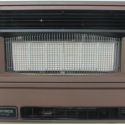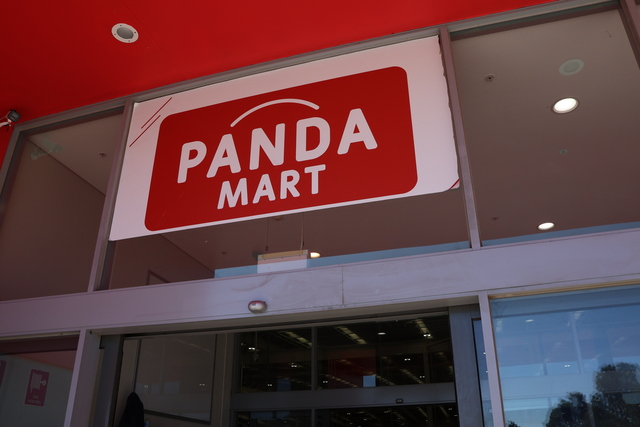By Cam Lucadou-Wells
A Narre Warren pensioner has been kept in the cold for weeks after having his potentially deadly gas heater removed from his public-housing unit.
Neil Parkinson, 64, says first he heard of the danger was a Department of Health and Human Services letter in April.
It warned that the unit’s Pyrox Heritage open-flue gas heater should be tested for potentially leaking unsafe levels of carbon monoxide.
The department had issued letters to 6500 affected tenants amidst a national alert on the heater brand by the Australian Gas Association and Energy Safe Victoria.
Carbon monoxide is a clear, odourless and toxic gas. Symptoms of poisoning include nausea, headaches, malaise and dizziness.
Mr Parkinson, who has endured a quadruple heart-bypass, said the heater had been putting him to sleep.
“I’ve already had a heart attack. I’ve been in and out of hospital for a couple of months.
“I’ve felt short of breath, tired and then I’d go to sleep.”
Since the heater’s assessment and removal, Mr Parkinson says he waited for five weeks for an adequate replacement heater. It took him another week to work out how to turn it on.
In the interim, the Department supplied an oil heater and he borrowed a portable fan heater to keep warm.
“I live near the centre of Narre Warren. When it gets cold, it really gets cold.”
The Coroners’ Court of Victoria is investigating the death of a Greensborough public housing tenant Sonia Sofianopoulos allegedly from carbon monoxide leaking from her unit’s Vulcan Heritage gas heater in July 2017.
In April, Energy Safe Victoria issued a warning on the “old technology” Vulcan Heritage and Pyrox Heritage gas heaters.
It didn’t issue a recall notice, but advised that those heaters should not be used until tested by a qualified gasfitter.
Its energy safety director Paul Fearon warned the brands produced high levels of carbon monoxide under “certain conditions”.
The heaters weren’t “necessarily compatible” with new or renovated homes with less ventilation.
“If the house is well sealed and the heater is operating at the same time as a kitchen or bathroom exhaust fan, carbon monoxide from the heater can be drawn into living areas.”
ESV recommends that indoor gas appliances, especially heaters, are checked by a qualified gasfitter every two years.
The Department of Health and Human Services did not respond by deadline.







